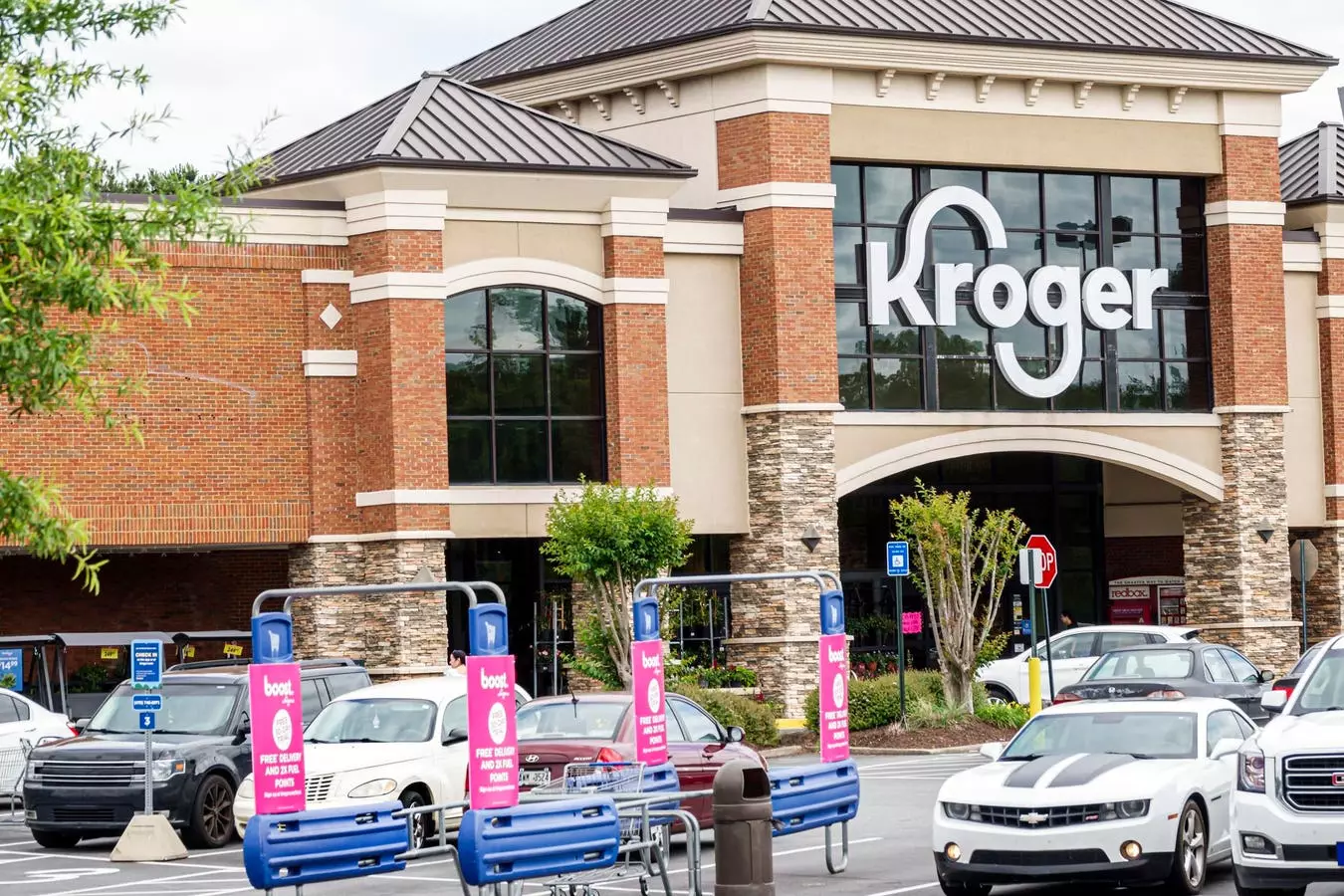The recent decision by federal and King County judges to block the proposed $25 billion merger of grocery giants Kroger and Albertsons has sparked significant discussions about market competition, consumer rights, and the future of labor in the retail sector. This ruling is not just a legal victory but a pivotal moment that underscores the importance of vigilance against monopolistic practices in an industry deeply intertwined with the daily lives of consumers and workers alike.
The proposed merger aimed to create an unparalleled grocery titan, combining over 5,000 stores under a singular corporate umbrella. Proponents of the merger, including Kroger and Albertsons themselves, argued that uniting their resources would better position them against formidable competitors like Walmart and Amazon. They suggested that selling off 579 stores post-merger would maintain competition and prevent consumer price hikes. However, the ripple effects of such a consolidation would likely lead to diminishing competition in countless local markets, a point vehemently emphasized by the Federal Trade Commission (FTC) during the court proceedings.
The FTC’s opposition centered on the potential for price increases and reduced bargaining power for grocery workers, fundamental elements that affect the overall health of the grocery ecosystem. This is particularly crucial in an era where consumers are already reeling from soaring prices and where many families depend on grocery shopping as a significant budgetary item. The judiciary’s decision thus reflects a broader acknowledgment of the need to safeguard consumer interests and maintain a competitive marketplace.
The evidence presented during the merger trial highlighted the alarming reality of the grocery industry’s current structure, where a handful of chains dominate. The top six grocery chains command approximately 65% of the market, with Walmart itself controlling nearly 30%. This concentration of power not only threatens competitive pricing but also stifles innovation, limits choices for consumers, and potentially leads to exploitative labor practices. In a sector where competition facilitates better products and prices, the merger would have tilted the scales heavily towards a monopoly-like environment.
Furthermore, stakeholders such as the Institute for Local Self Reliance have characterized the ruling as historic, marking a shift in antitrust enforcement within the grocery sector. By standing firm against this merger, the courts have sent a clarion call about the dangers of unchecked corporate power—a statement that resonates deeply in economically vulnerable communities, where fewer competitive options can lead directly to higher prices and lower service quality.
The decision also represented a crucial win for labor unions, which have consistently rallied against the merger as part of the “Stop the Merger” coalition. Unions like the United Food and Commercial Workers (UFCW) emphasized the importance of maintaining competition as a means to protect workers’ rights, wages, and working conditions. When fewer companies vie for the same labor pool, employee bargaining power deteriorates, leading to stagnation in wages and deteriorating work standards.
Statements from UFCW representatives underscored the sentiment that this merger would endanger the welfare of grocery workers and adversely impact consumers by eliminating competitive pressures that lead to better pricing and services. This perspective reveals a larger narrative surrounding the relationship between corporate consolidation and labor rights—a narrative that insists that workers can only thrive in a competitive environment where their rights and contributions are valued.
Beyond the immediacy of the merger, this case brings to light the disturbing trend of inflation in grocery prices, exacerbated by significant market concentration. Over the past few years, inflationary pressures have driven grocery prices up over 30%, despite stagnant unit sales. Many entities involved in the supply chain seem to have leveraged economic uncertainties—exemplified by the COVID-19 pandemic and geopolitical tensions—to justify price hikes that far exceed their costs.
As highlighted in the trial, major players like Walmart and Kroger have reportedly capitalized on this environment to inflate prices, raising essential goods’ prices more than necessary. Such practices underscore the need for vigilance against price gouging, particularly in essential sectors like food. This is where attention to antitrust enforcement becomes paramount, highlighting the essential role that policy and legal frameworks play in safeguarding consumer welfare.
While the court’s ruling provides a temporary reprieve from further market consolidation in the grocery space, it also calls for a broader vision for the future of retail. There is a growing need for a grocery industry that prioritizes sustainable practices, equitable labor conditions, and diversified ownership structures. This vision would not only serve consumers better but also nurture local economies and foster community resilience.
By focusing on these goals, the industry can evolve towards a system that genuinely reflects the needs of consumers and workers, paving the path for a marketplace that encourages innovation, sustainability, and fair competition. The success of this ruling serves as a reminder that protecting community interests and ensuring that corporate power is kept in check should be the standard, not the exception.


Leave a Reply